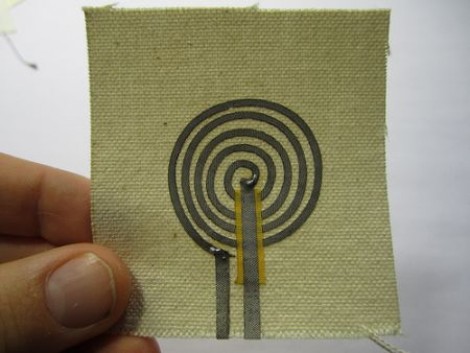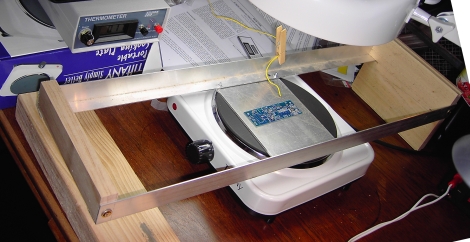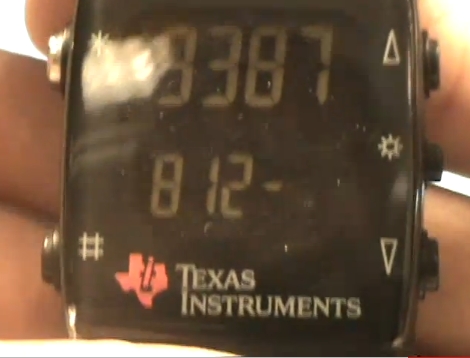
ePaper displays are easy on the eyes because there’s no flickering backlight to put strain on them. This is great until you’re trying to read in a dim environment. Of course Amazon will sell you a backlight that’s powered from the reader itself if you’re willing to pay. [Txoof] thought the price was a bit too high so he built his own version.
There are two pockets in the top of the Kindle reader for hooks to grab onto. Each has an electrical contact in it and together they provide about 4V of power. To patch into that source [Txoof] cut his own hooks from brass stock and mounted them onto a piece of basswood. He then cut and bent a hood from more of the brass stock to house the LEDs. A series of three of the white diodes draw their power from the hooks and shine onto to the display. As you can see this works just fine, but could benefit from just the right diffuser.
















